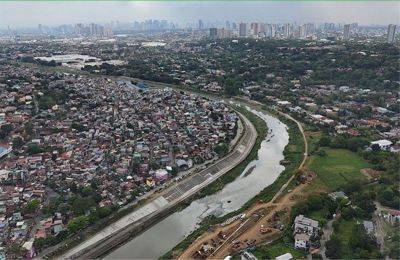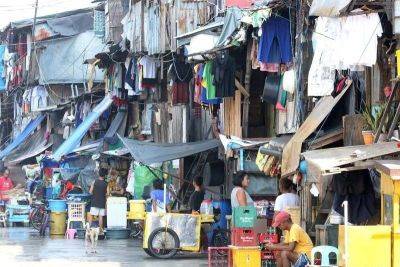Traffic index: 25 mins, 30 secs to travel 10 kms in Metro Manila
MANILA, Philippines — Traffic further worsened in Metro Manila in 2023, resulting in an estimated 117 hours – almost five days – lost in traffic congestion last year by every Filipino who had to deal with rush hour every working day.
The 2023 Traffic Index, released by transportation data company TomTom Traffic, found that drivers in Metro Manila spent an average of 25 minutes and 30 seconds to travel 10 kilometers in 2023, the slowest among the 387 metro areas included in the study.
This was up from the average of 24 minutes and 40 seconds it needed for Metro Manila drivers to travel 10 kms. in 2022.
From ranking second in 2022, Metro Manila took the top spot among metro areas in the 2023 index, overtaking Bogota in Colombia, which dropped to fifth (23 minutes and 30 seconds).
Following Metro Manila were Lima in Peru (24 minutes and 20 seconds), Bengaluru in India (23 minutes and 50 seconds) and Sapporo in Japan (23 minutes and 30 seconds).
For comparison, some of the largest metro areas in Southeast Asia – Singapore, Jakarta in Indonesia, Bangkok in Thailand and Kuala Lumpur in Malaysia – clocked less than 20 minutes.
Meanwhile, in terms of traffic in the city center, Manila ranked ninth, same as in 2022. The index said it took an average of 27 minutes and 20 seconds to travel 10 kms. in the busiest parts of the city last year, slower by 20 seconds in 2022.
London in the United Kingdom is still the slowest city in the city center list (37 minutes and 20 seconds), followed by Dublin in Ireland, Toronto in Canada, Milan in Italy, Lima in Peru, Bengaluru and Pune in India and Bucharest in Romania.
TomTom Traffic said the index is based on floating car data, which is collected from various sources that it uses to create traffic services for its clients and customers.
The ranking of metro areas is based on the traffic in the entire region, including the “rural areas in close proximity,” while the city center ranking covers a radius of 5 kms. covering the busiest parts of the city.
Cities were classified as megacities, large and small. Manila is considered a large city.
“In the Traffic Index, we use a representative sample of this data, spanning 551 billion kms., to







